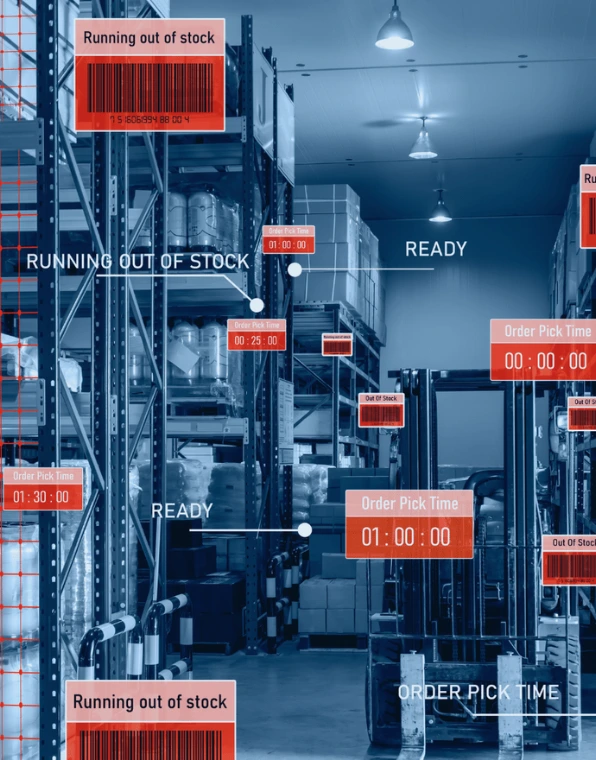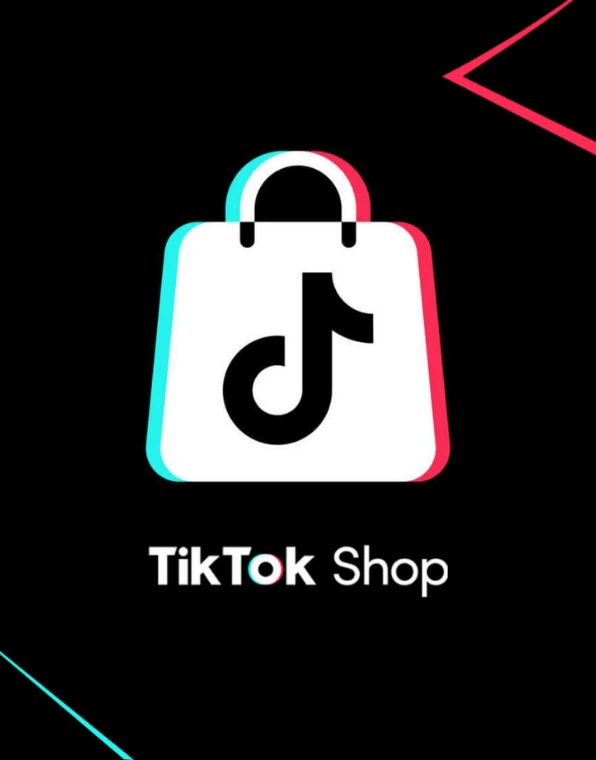Ending inventory is an essential part of inventory management that helps e-commerce businesses, especially those in the logistics and fulfillment sector, stay on top of their finances. Understanding how to calculate ending inventory not only keeps your stock levels optimized but also ensures that you’re managing your financials correctly to boost profits.
Here’s a deep dive into what ending inventory is, how to calculate it, and why it’s so crucial for your e-commerce business.
What is Ending Inventory?
Ending inventory, sometimes referred to as closing inventory, is the total value of goods you have available for sale at the end of an accounting period. For businesses like FulfillMe, which deals with fulfillment and shipping solutions, accurate tracking of ending inventory can help assess the financial health of the business, ensure your stock levels are in check, and optimize your product offerings.
This value is reported on your balance sheet and can be calculated at the end of your fiscal year or monthly, depending on your accounting cycle. You record this inventory at either market value or a lower cost, depending on the accounting method you choose.
What is Inventory Value?
Inventory value refers to the total dollar value of the inventory you have left to sell at the end of the accounting period. For example, if you started with $500 worth of products and sold $300 worth, your ending inventory would be $200. For businesses like FulfillMe that work with various e-commerce clients, understanding inventory value at any point helps in making smarter restocking and pricing decisions.
Why Do You Need the Ending Inventory Calculation?
The ending inventory balance is much more than a number on a financial report; it’s a metric that affects key financial areas like stock levels, pricing strategy, and financing opportunities. Here are four reasons why the ending inventory calculation matters:
1. Accurate Inventory Count
The physical count of your inventory at the end of an accounting period allows you to identify any discrepancies between what you have on hand and what your records show. For example, if you expected $5,000 worth of goods but only physically count $4,650, this indicates shrinkage, which could be due to theft, fraud, or errors in receiving inventory.
2. Calculate Net Income
Net income is a key financial metric that tells you how much profit your business has made after expenses. By comparing your ending inventory value with your net income, you can identify issues such as overstocking or underpricing, both of which impact your profitability.
3. Inform Future Reports
Your ending inventory serves as the starting point for the next accounting period. An accurate ending inventory ensures that the following period’s beginning inventory is also accurate, making it easier to prepare your financial reports.
4. Obtain Financing
Accurate inventory calculations can help you secure financing for business expansion. Lenders are likely to consider your inventory value as an asset when assessing your business’s financial health. The more accurate your inventory management, the better your chances of obtaining funding on favorable terms.
How to Calculate Ending Inventory
The method you use to calculate ending inventory will depend on your business’s needs and accounting preferences. Here are some of the most common methods for determining ending inventory:
Ending Inventory Formula
The simplest formula to calculate ending inventory is: Beginning Inventory + Net Purchases – Cost of Goods Sold (COGS) = Ending Inventory
For example, if you began with $10,000 worth of inventory, made $5,000 in new purchases, and sold $12,000 worth of goods, your ending inventory would be $3,000.
FIFO (First In, First Out) Method
This method assumes the first products you purchased are the first ones to be sold. For example, if you purchased 100 candles at $7 each and 100 more at $9 each, and you sold 150 candles, FIFO assumes the first 100 candles were sold at $7 each, leaving the remaining candles priced at $9 each.
LIFO (Last In, First Out) Method
The LIFO method assumes that the last products you purchased are the first ones sold. Using the same example above, the first 100 candles sold would be priced at $9 each, and the remaining 50 would be priced at $7 each.
Weighted Average Cost Method
The weighted average cost method calculates the average cost per item, factoring in the price of each batch of products. For instance, if your total cost for 300 candles was $2,400, the average cost per candle would be $8. This method provides a middle ground between FIFO and LIFO.
Gross Profit Method
This method uses your gross profit percentage to estimate the cost of goods sold and, consequently, your ending inventory. It’s useful when you need a rough estimate of your ending inventory but don’t have a precise count.
Retail Method
This method is often used by stores that perform physical stock counts. It involves a cost-to-retail ratio, which helps you calculate ending inventory based on sales and purchase data.
Examples of Ending Inventory
After a Sale
Imagine a clothing store that begins the month with 200 shirts priced at $20 each. After selling 150 shirts, the remaining 50 shirts in their inventory would be valued at $1,000 (50 shirts x $20).
After Purchasing More Stock
Now consider a bookstore that starts the month with 100 books at $10 each. After buying 100 more books at $12 each and selling 120 books, their ending inventory would be valued at $840 (20 books at $12 + 60 books at $10).
After Accounting for Loss
Let’s say a grocery store begins with $10,000 worth of inventory and adds $5,000 more during the month. After selling $7,000 worth of goods and experiencing a $500 loss due to spoiled produce, their ending inventory would be $7,500.
Conclusion
Accurate calculation of ending inventory is essential for any e-commerce business, especially those utilizing FulfillMe’s fulfillment and shipping services. Whether you are planning your inventory purchases, managing stock levels, or seeking financing, understanding how to calculate and track ending inventory is key to running a successful, profitable operation.
By implementing best practices and choosing the right inventory valuation method, you can improve the accuracy of your financial reporting, reduce costs, and make more informed decisions. At FulfillMe, we understand the importance of seamless fulfillment and logistics, and helping you get your inventory strategy right is part of our commitment to your success.
Let’s talk about how we can help you streamline your logistics process, improve inventory tracking, and maximize your profitability.








